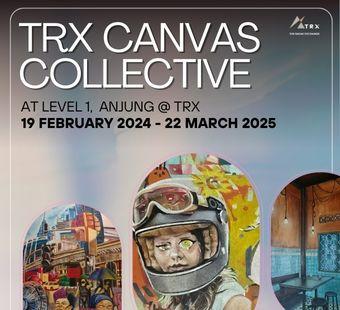Setiawangsa is not the first thing you think of when someone mentions Kuala Lumpur, but this sleepy suburb may very well be one of the Klang Valley’s best kept secrets. Located to the northeast, less than four kilometres from the city centre, the district stretches across 16.4 square kilometres and mainly comprises the four areas of Setiawangsa hill, namely Taman Setiawangsa and Taman Tiara Setiawangsa, which are located at the foothills, as well as the mid-hill section of Bukit Setiawangsa, and, last but not least, the luxury hilltop neighbourhood of Puncak Setiawangsa.
From rubber estate to layered societies
Like many of the prominent suburbs in and around the Klang Valley, Setiawangsa started out as a rubber plantation in the mid to late 19th century. Back then, it was part of a larger land area known as Gonggang, a moniker believed to be derived from the sago plant, and possibly bequeathed to the area by the Malays of the Riau Islands, who settled there during this time.
Fast forward to the 1980s, in tandem with the progress of Kuala Lumpur, the district was redeveloped into a mix of commercial and residential premises. It was at this time that the name and narrower boundaries of Setiawangsa became more widely used.
However, it was in the late-1990s, when KL’s development accelerated even further, that Setiawangsa truly started taking on the character it has today. From large hilltop bungalows to high-end condos, from mid-range terrace houses and apartments to lower end flats, there is something for everyone to make Setiawangsa home, regardless of income bracket.
A world of its own
Despite its proximity to the heart of the Kuala Lumpur metropolis, stepping into Setiawangsa feels like entering a haven away from the city’s hustle and bustle. Its quiet housing estates and lush greenery immediately provide visitors with an ambience of peace and serenity.
The mature neighbourhoods, secure in its history and culture, bring about a sense of calming familiarity, while the rolling hills and high terrain provide some of the most spectacular views of the KL skyline. In fact, the tranquil and affluent Puncak Setiawangsa, with its gorgeous hilltop mansions, is often dubbed the Hollywood Hills of Kuala Lumpur.
While Setiawangsa may feel like a secluded world of its own, its location makes it highly accessible to every corner of KL. One can easily drive to Setiawangsa via the DUKE highway, which connects to Segambut and Mont Kiara, or come in via the Middle Ring Road 2 (MRR2) and the recently completed Setiawangsa-Pantai Expressway. Those who prefer public transportation can take the bus or LRT to the dedicated Setiawangsa station.
Great food meets communal feel
Befitting its name, those who live here rarely leave; Setiawangsa features predominantly mature neighbourhoods with residents who have settled for decades. Just stroll into Taman Setiawangsa, at the bottom of the hill, and the strong sense of community and kinship is palpable. At the beginning of the day, watch families merrily prepare for the morning rush while retirees gather to jog at the recreational field.
Local youths, on the other hand, often organise friendly football matches or hikes up to Puncak Setiawangsa for the view. The hilltop is a popular destination for residents and visitors alike especially on special occasions, such as to witness the fireworks displays from the city centre on New Year’s Eve, Merdeka Day and cultural holidays.
Like any Malaysian community worth its salt, great food is aplenty in Setiawangsa. Every Saturday, a night market is held at the nearby Jalan AU3 Keramat, featuring classic local fare, such as kuih, satay and more. Food courts are unbeatable here, including Medan Selera AU2A and Medan Selera Taman Setiawangsa, with offerings such as fresh seafood, Hainanese chicken rice, East Coast delicacies like tempoyak ikan patin and nasi dagang, and even a good selection of Thai and Western cuisine.
Given that Setiawangsa is surrounded by some of KL’s most popular shopping destinations, there is little need for a large commercial shopping complex in Setiawangsa, which helps to preserve that old-fashioned neighbourhood feel. Nevertheless, locals can still head to the Giant or AEON Mall for a quick errand or to shop for necessities. For a more complete shopping experience, Suria KLCC, Melawati Mall, IKEA Cheras and MyTown are a mere 10 to 15 minutes away.
The landscape of Setiawangsa is fast-changing, with new expressways which will surely add to the connectivity of the area. Nevertheless, to its current and future residents, one thing remains the same; Setiawangsa will continue to offer the perfect balance between the conveniences of the big city and the peace and tranquillity of a hillside suburb lifestyle.
Photo credits:
Slider 1: https://en.wikipedia.org/wiki/Setiawangsa
Slider 2: https://www.theedgemarkets.com/article/cover-story-still-popular-address-property-buyers
Thumbnail: https://www.klia2.info/rail/rapidkl-lrt/kelana-jaya-line/setiawangsa/






